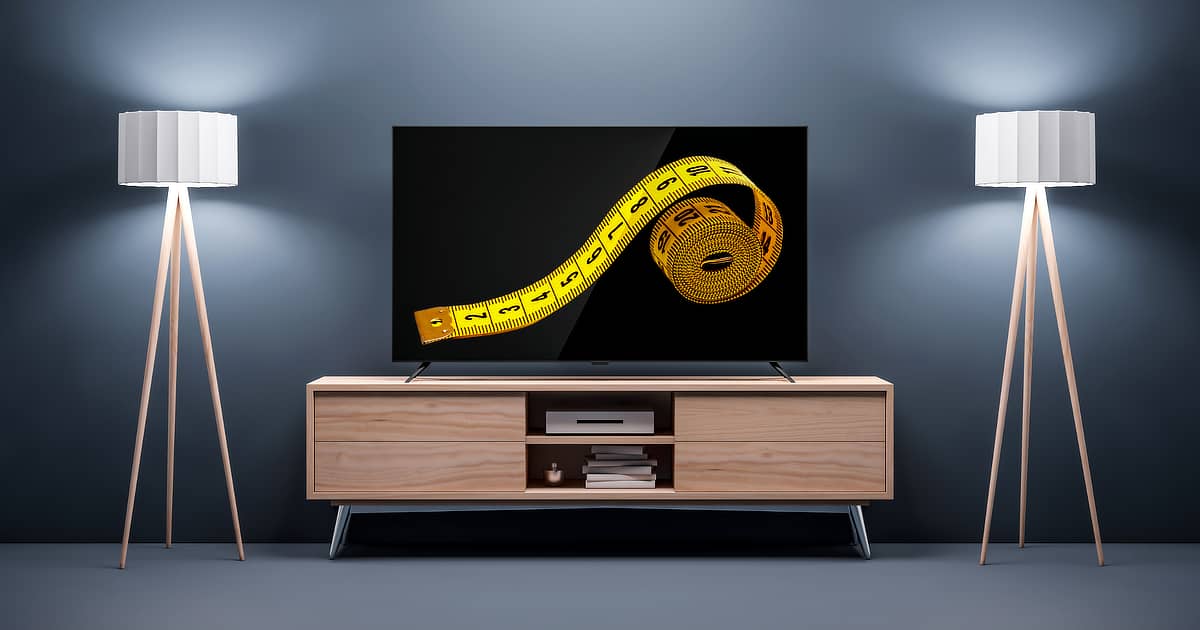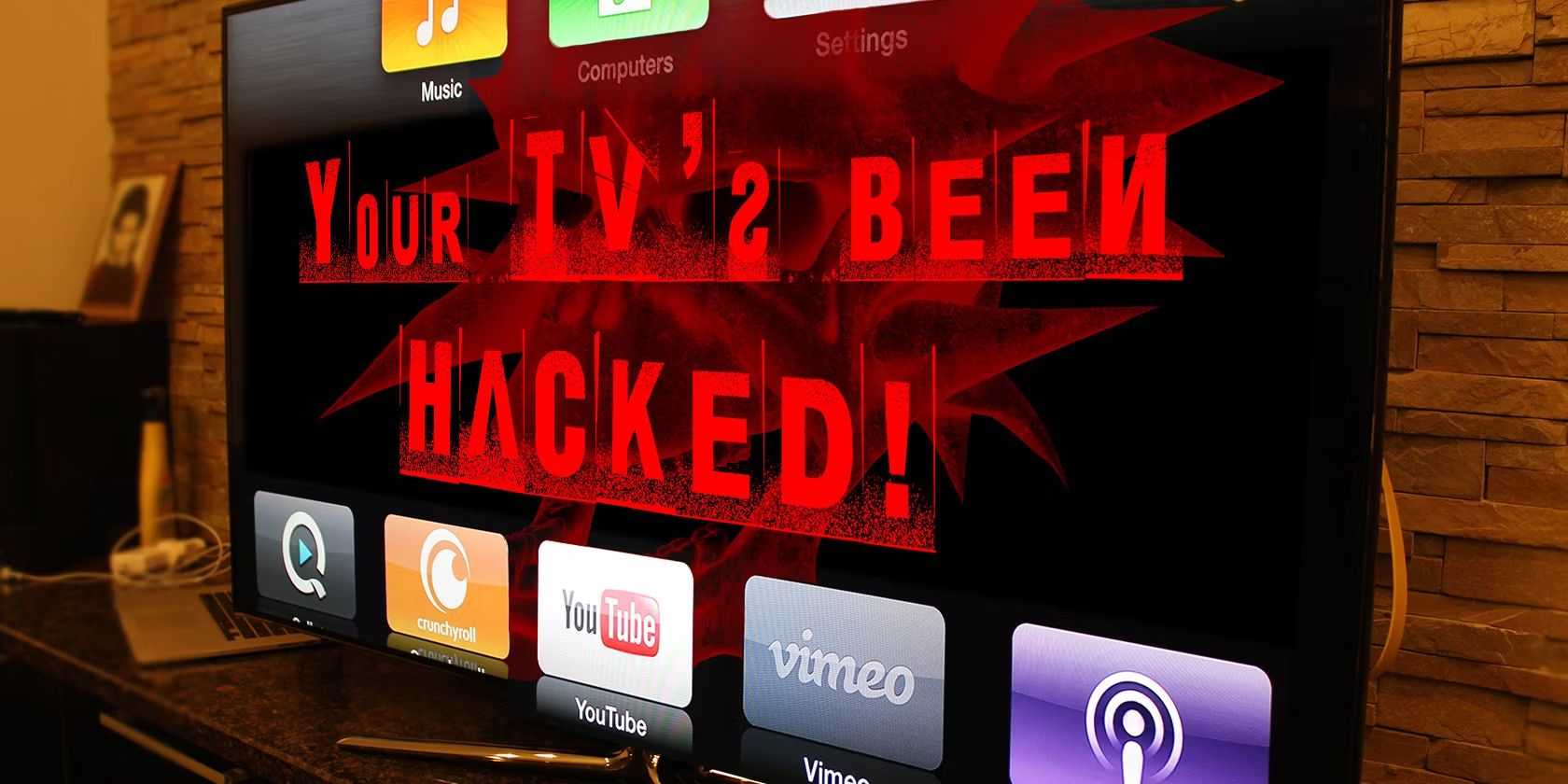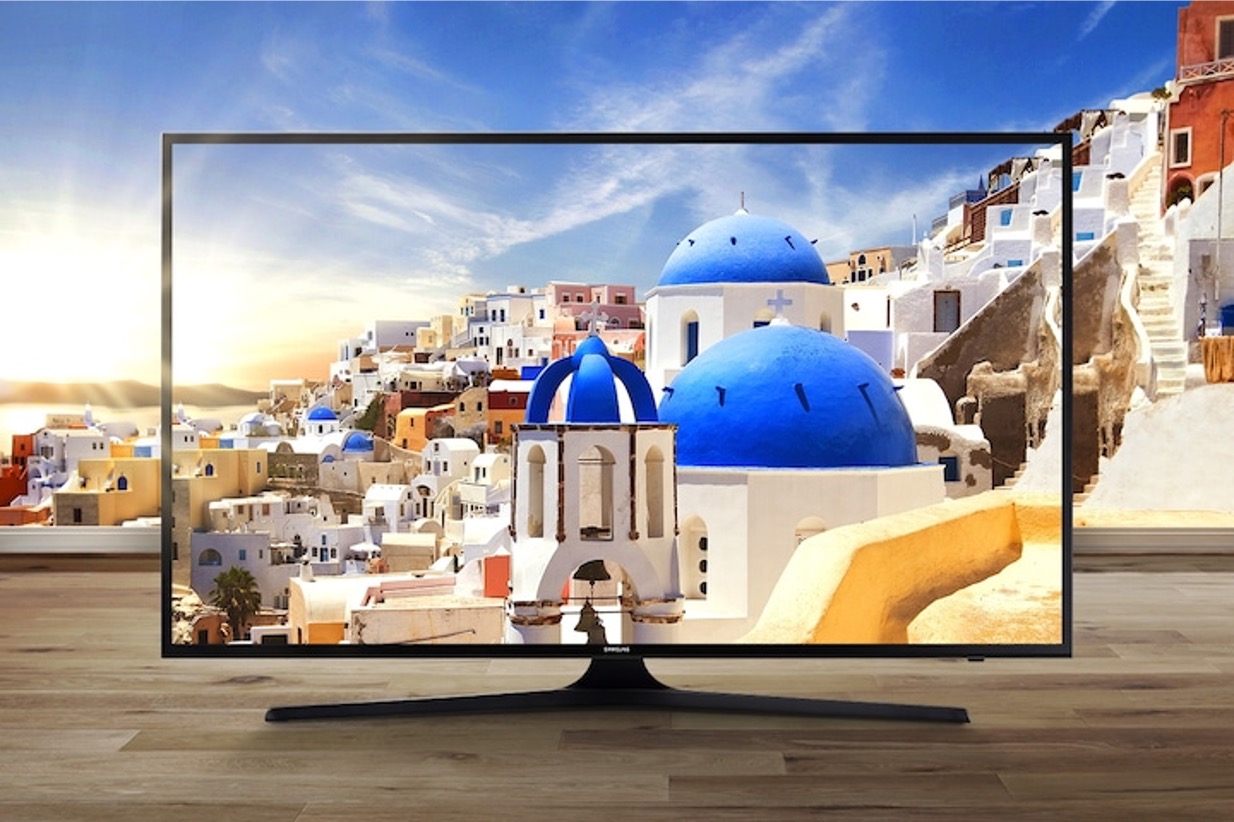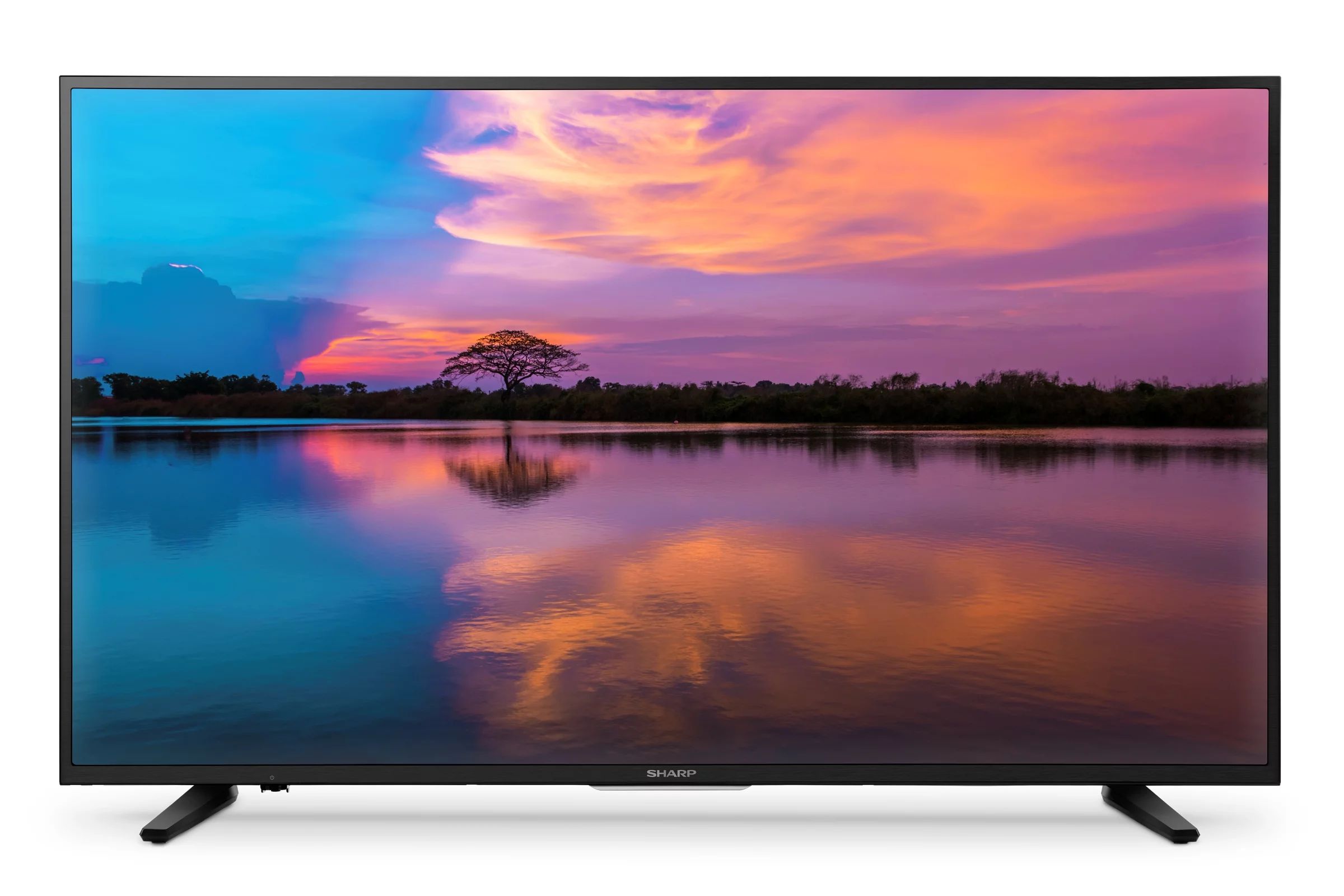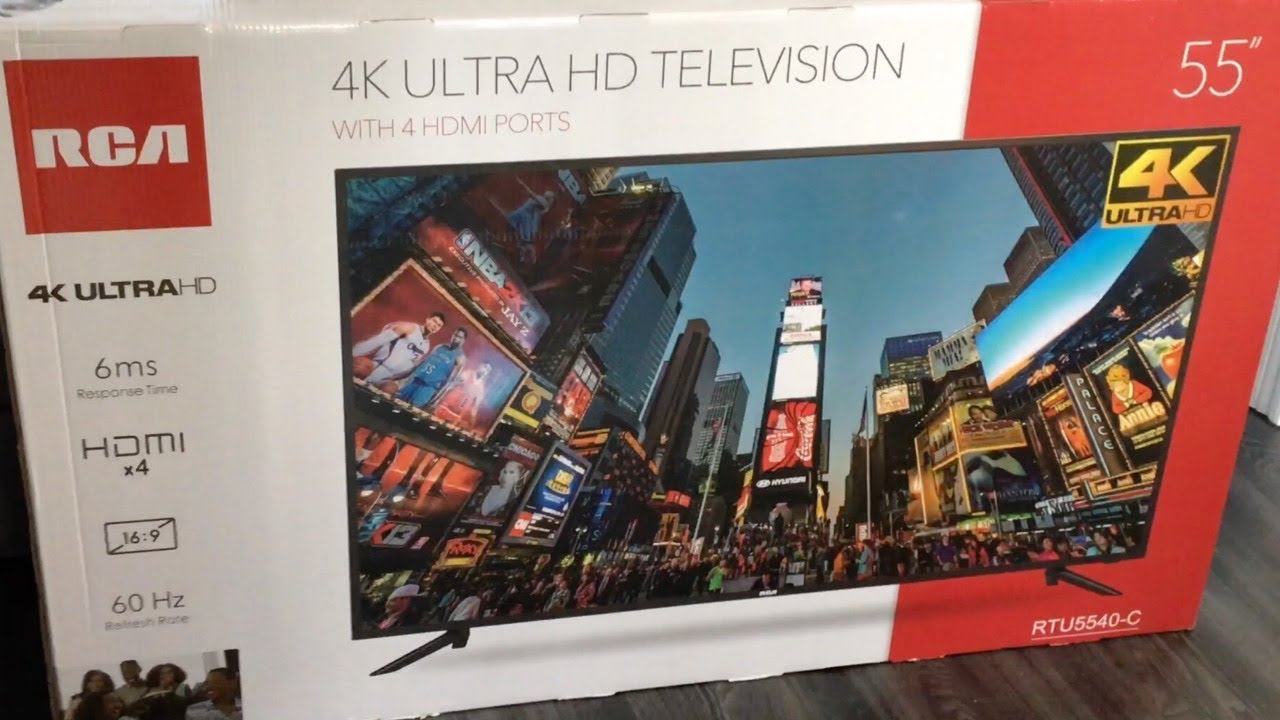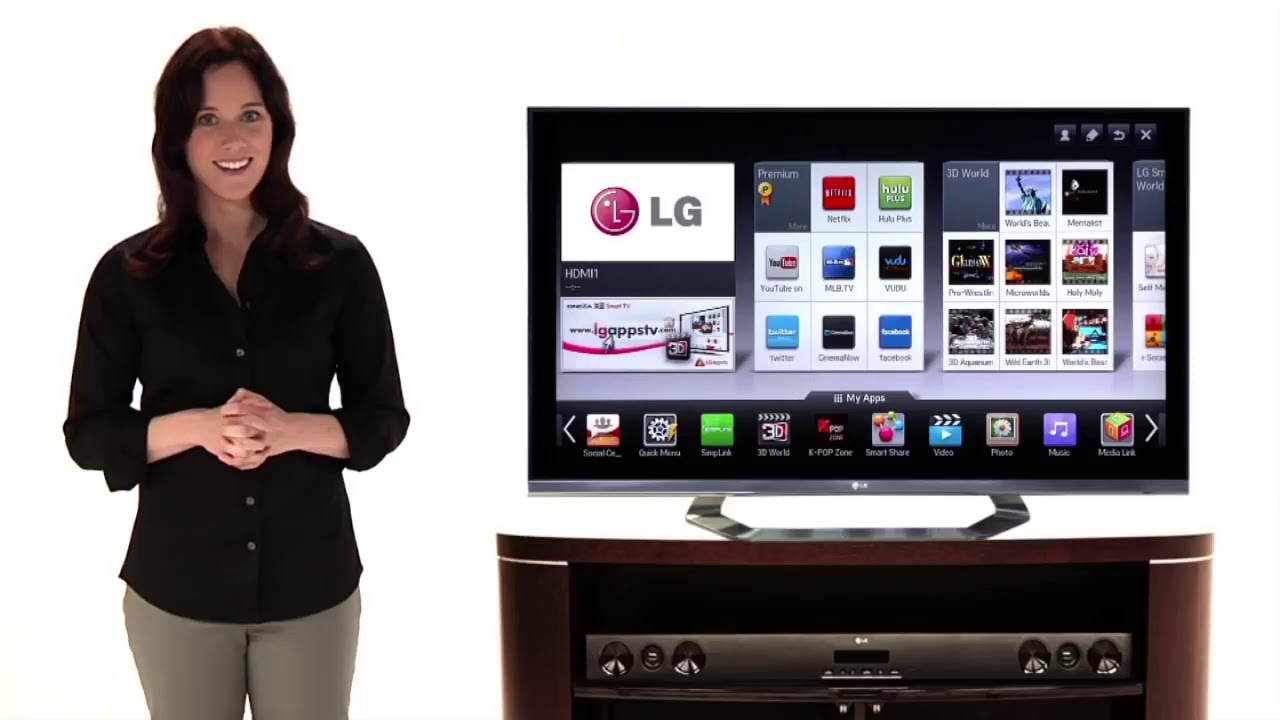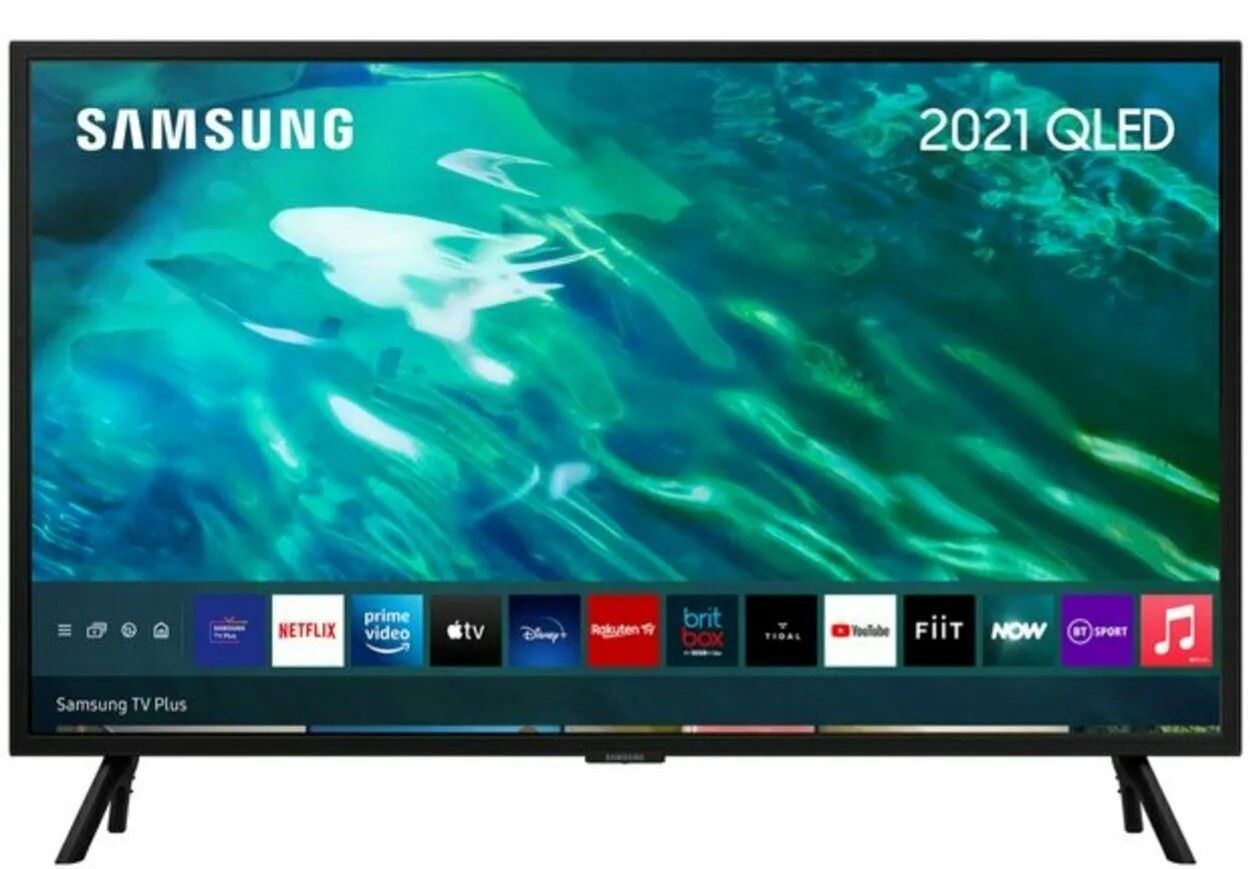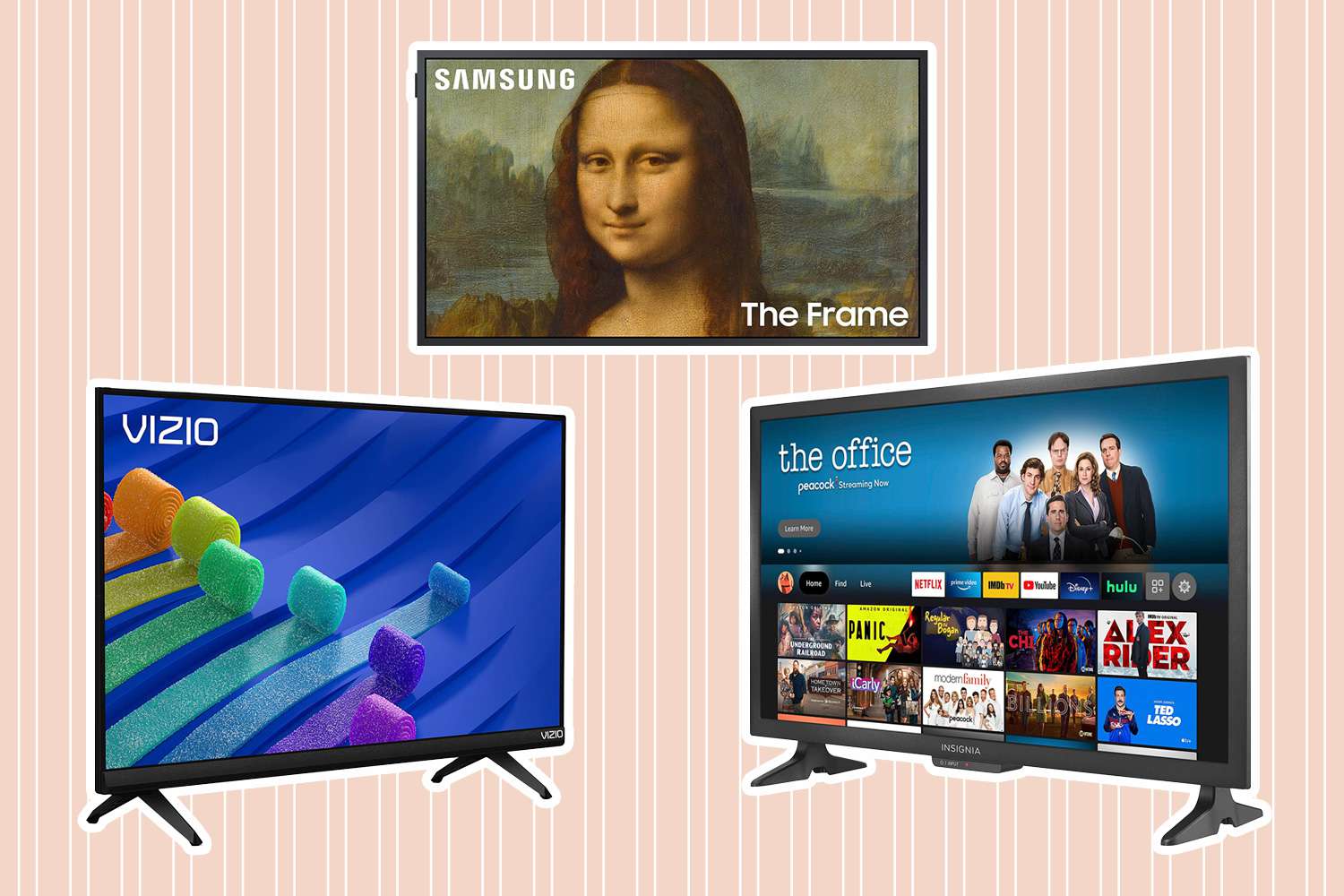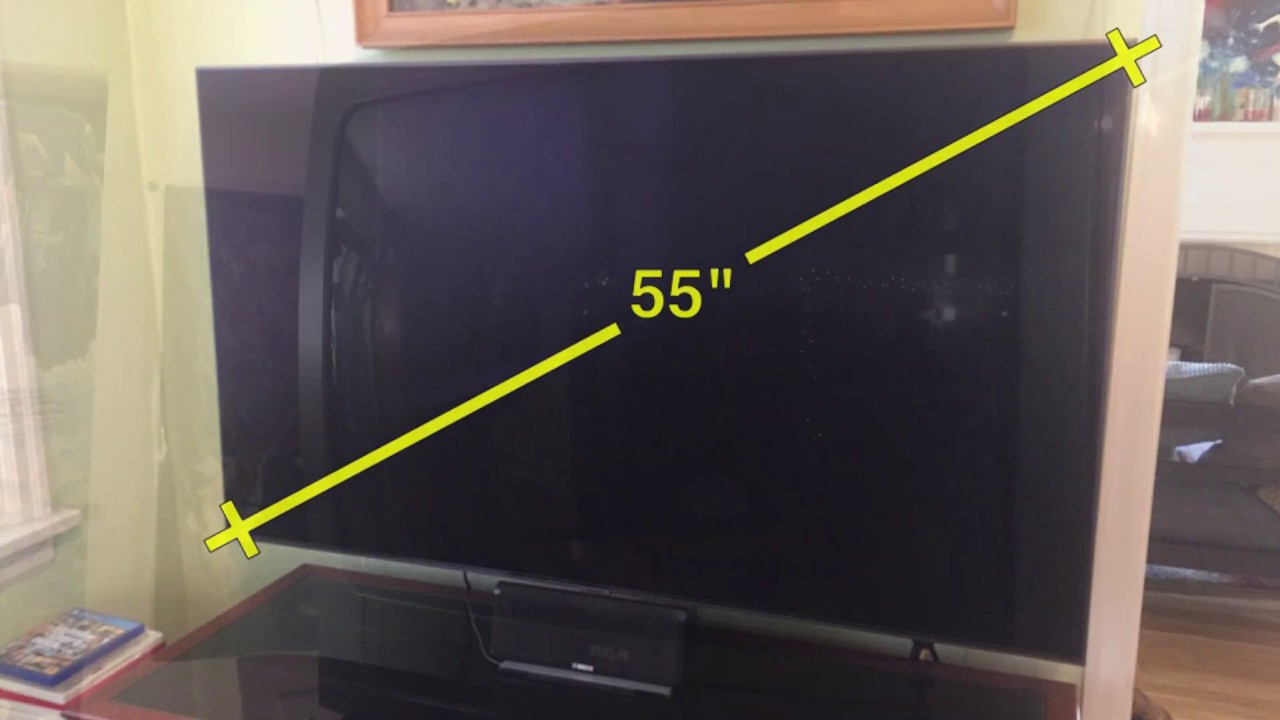Introduction
Welcome to the world of smart TVs, where entertainment at the touch of a button is just a few inches away. With their sleek designs, vibrant displays, and a plethora of features, smart TVs have become a staple in modern households. Whether you’re upgrading your current TV or buying a new one, it’s essential to know how to measure a smart TV to ensure it fits perfectly in your space and meets your requirements.
Measuring a smart TV involves more than just determining its screen size. You’ll also need to consider factors like dimensions, weight, viewing distance, connectivity options, and power requirements. By accurately measuring these key aspects, you can make an informed decision and avoid any surprises when it comes to installation and usage.
In this guide, we’ll walk you through the step-by-step process of measuring a smart TV. You’ll learn how to measure the screen size, TV dimensions, TV stand or mounting area, weight, viewing distance, connectivity options, and power requirements. By following these guidelines, you’ll be well-equipped to choose the perfect smart TV that fits your space, preferences, and budget.
Part 1: Measuring Screen Size
When it comes to measuring a smart TV, determining the screen size is essential. This measurement, typically expressed in inches, refers to the diagonal length of the screen from one corner to the opposite corner. To measure the screen size accurately, follow these steps:
- Start by identifying the corners of the screen. These are the points where the actual display ends and the bezel or frame begins.
- Using a measuring tape or ruler, place one end on the bottom-left corner of the screen and extend it diagonally to the top-right corner. Ensure that the tape or ruler is flat against the screen for an accurate measurement.
- Read the measurement where the tape or ruler meets the top-right corner. This will give you the screen size of the smart TV.
It’s essential to measure the screen size accurately as it determines the viewing experience and the placement of the TV. A larger screen size provides a more immersive experience, while a smaller screen size is suitable for compact spaces or secondary viewing areas. Once you have the screen size measurement, you can easily compare different smart TV models and choose the one that best fits your preferences and viewing area.
Part 2: Measuring the TV Dimensions
Screen size is just one aspect of measuring a smart TV. It’s equally important to consider the overall dimensions of the TV to ensure it fits perfectly in your space. To measure the TV dimensions, follow these steps:
- Measure the width of the TV by placing a measuring tape or ruler from the left edge to the right edge of the screen. This measurement will give you the width of the TV.
- Next, measure the height of the TV by placing the measuring tape or ruler from the top edge to the bottom edge of the screen. This will give you the height of the TV.
- Finally, measure the depth of the TV by placing the measuring tape or ruler from the front bezel to the back of the TV. This measurement will give you the depth of the TV.
Knowing the TV dimensions is crucial to ensure that the TV fits on your entertainment center, wall mount, or wherever you plan to place it. Consider the available space in your room and make sure there’s enough room for the TV and any additional components or accessories. It’s also essential to consider the weight of the TV and choose a suitable stand or wall mount that can support it securely.
By accurately measuring the TV dimensions, you can avoid any surprises during installation and ensure that the smart TV seamlessly integrates into your living space.
Part 3: Measuring the TV Stand or Mounting Area
Once you have measured the screen size and dimensions of your smart TV, the next step is to measure the TV stand or the mounting area where you plan to place the TV. This is particularly important if you are opting for a stand or a wall mount. To measure the TV stand or mounting area, follow these steps:
- For a TV stand, measure the width, depth, and height of the stand to ensure that it can accommodate the dimensions of your smart TV. This will help determine if the stand is wide and sturdy enough to support the TV.
- If you are planning to mount the TV on a wall, measure the width and height of the wall space where you intend to mount it. Ensure that the dimensions are suitable for the TV, taking into account additional clearance for the brackets or mounting hardware.
Measuring the TV stand or mounting area is crucial as it ensures proper placement and stability. A stand or mounting area that is too small may not be able to hold the TV securely, while one that is too large may result in an unbalanced or disproportionate look. It’s important to ensure that the TV is supported properly and that the stand or mount is compatible with the TV’s weight and dimensions.
By accurately measuring the TV stand or mounting area, you can make the necessary adjustments or choose an alternative option if needed. This will help create a visually pleasing setup and ensure a safe and secure placement for your smart TV.
Part 4: Measuring the Weight of the TV
In addition to measuring the size and dimensions of a smart TV, it’s essential to consider its weight. Knowing the weight of the TV is crucial for selecting the appropriate stand, wall mount, or any other type of support. To measure the weight of the TV, follow these steps:
- Refer to the specifications or user manual provided by the manufacturer. These documents usually include the weight of the TV.
- If you don’t have access to the specifications or manual, you can use a digital bathroom scale or a luggage scale. Place the scale on a flat and stable surface, then gently lift and place the TV on the scale. Make sure the TV is evenly balanced and that you are not straining yourself during the process.
- Record the weight displayed on the scale. This will give you an accurate measurement of the TV’s weight.
Measuring the weight of the TV is important to ensure the stability and safety of its placement. It helps determine the appropriate stand or wall mount that can support the TV’s weight effectively. Additionally, it’s essential to consider the weight capacity of any furniture or wall structures on which the TV will be placed or mounted to avoid any damage or accidents.
By accurately measuring the weight of the TV, you can make informed decisions when it comes to selecting suitable supports and ensure a secure and stable setup for your smart TV.
Part 5: Measuring the Distance for Viewing
One crucial aspect to consider when measuring a smart TV is the distance at which you’ll be viewing it from. The viewing distance plays a significant role in determining the optimal viewing experience and comfort. To measure the distance for viewing, follow these steps:
- Determine the screen size of your smart TV, which you can measure using the methods described earlier.
- Refer to industry-recommended guidelines for the optimal viewing distance based on the screen size. These guidelines suggest a range of distances that provide the best balance between immersion and visual comfort.
- Measure the recommended viewing distance from the front of the TV to the seating area where you’ll be watching. This will give you an idea of how far or close you should position your seating arrangement in relation to the TV.
The viewing distance is essential as it affects the level of detail and immersion you experience when watching content on your smart TV. Sitting too close to a large TV screen can result in a strained viewing experience, while sitting too far from a small TV screen might reduce the level of engagement. Finding the right balance will help you fully enjoy and appreciate the visual content on your smart TV.
By measuring the distance for viewing, you can plan and arrange your seating area accordingly, ensuring an optimal viewing experience. It’s worth noting that personal preferences and the layout of your room may also influence the chosen viewing distance. Experimenting with different distances can help you find the sweet spot for your smart TV setup.
Part 6: Measuring Connectivity Options
A smart TV is only as good as its connectivity options. When measuring a smart TV, it’s essential to consider the available connectivity ports and options to ensure compatibility with your devices and media sources. To measure the connectivity options of a smart TV, follow these steps:
- Identify the ports and connectivity options provided on the back or side of the TV. Common ports include HDMI, USB, Ethernet, audio/video inputs, and headphone jacks.
- Determine the number of each type of port available. This will help you assess the TV’s compatibility with your devices, such as gaming consoles, Blu-ray players, sound systems, and streaming devices.
- Consider the specific version of the connectivity options provided. For example, HDMI 2.0 or higher supports higher resolutions and refresh rates, enabling a better viewing experience for 4K content and gaming.
Measuring the connectivity options of a smart TV ensures that it can accommodate your desired devices and media sources. It allows you to make an informed decision about whether additional adapters, splitters, or switches are required to connect all your devices. Furthermore, considering the version of the connectivity options helps future-proof your TV, as newer devices and technologies may require specific versions for optimal performance.
By accurately measuring the connectivity options, you can confidently select a smart TV that meets your connectivity needs. This ensures seamless integration and compatibility with your existing devices, providing a convenient and enjoyable entertainment experience.
Part 7: Measuring Power Requirements
Another important aspect to consider when measuring a smart TV is its power requirements. Understanding the power consumption of the TV is crucial for ensuring that your electrical setup can handle it and for estimating the running costs. To measure the power requirements of a smart TV, follow these steps:
- Refer to the specifications or user manual provided by the manufacturer. These documents usually include the power consumption details of the TV.
- Identify the power rating, usually expressed in watts, and make a note of it.
- Consider the additional power requirements, such as the power consumption of any external devices or accessories that may be connected to the TV.
Measuring the power requirements of a smart TV helps you ensure that your electrical setup can handle the TV’s power consumption. It helps prevent overloading circuits and ensures a stable and safe power supply for your TV and other connected devices.
Additionally, understanding the power requirements can help you estimate the running costs of your smart TV. Higher power consumption may result in higher electricity bills, so it’s important to factor this in when budgeting for your entertainment setup.
By accurately measuring the power requirements and considering the running costs, you can make an informed decision about the smart TV that aligns with your budget and power capacity. This ensures a hassle-free and cost-effective usage experience.
Conclusion
Measuring a smart TV is an essential step in ensuring that it fits perfectly in your space and meets your requirements. By accurately measuring the screen size, TV dimensions, TV stand or mounting area, weight, viewing distance, connectivity options, and power requirements, you can make an informed decision and avoid any surprises during installation and usage.
When measuring the screen size, be sure to measure the diagonal length of the screen from one corner to the opposite corner. This will give you an accurate representation of the viewing area. Additionally, measuring the TV dimensions, including width, height, and depth, helps ensure that the TV fits perfectly in your space and aligns with your furniture or wall mounting setup.
Don’t forget about measuring the TV stand or mounting area to ensure proper placement and stability. Consider the weight of the TV and choose a stand or wall mount that can support it securely. Measuring the distance for viewing is crucial to determine the optimal viewing experience and comfort, while measuring the connectivity options helps ensure compatibility with your devices and media sources.
Finally, measuring the power requirements of the smart TV allows you to ensure that your electrical setup can handle its power consumption and estimate running costs.
By carefully considering and measuring these factors, you can confidently choose and set up your smart TV, creating an immersive and enjoyable entertainment experience in your home.







